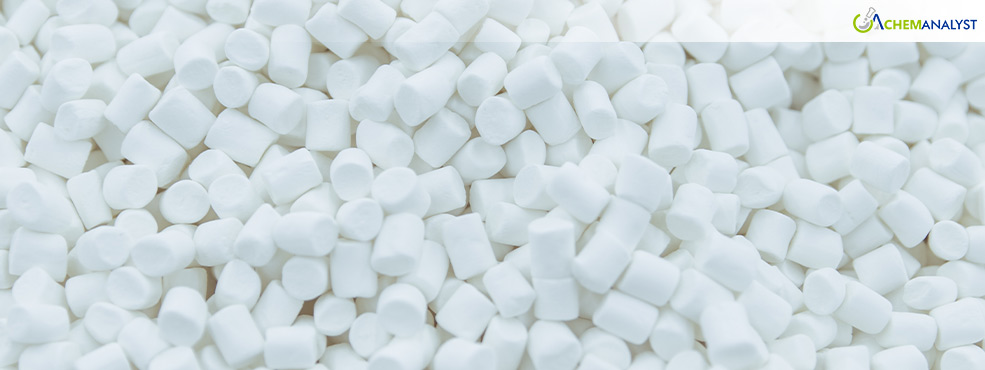Global PET Market Shows Stability in Early January 2025 Amid Post-Holiday Lulls
- 21-Jan-2025 4:45 PM
- Journalist: Rene Swann
The global Polyethylene Terephthalate (PET) market witnessed stability in the early half of January 2025, largely constrained by subdued trading activity following the holiday season. Key manufacturing regions grappled with overstocked inventories, resulting in sluggish market conditions and limiting any upward price movement for PET during this period.
In the United States, PET spot prices and market fundamentals remained stable during the first half of January. Trading activity was muted as stakeholders focused on adjusting inventories to normal levels after significant pre-holiday stockpiling. PET production costs also stayed steady, supported by stable feedstock prices for Mono Ethylene Glycol (MEG) and Purified Terephthalic Acid (PTA). Additionally, PET spot import prices remained unchanged, reflecting the cautious approach of market participants.
The PET market in the US was further influenced by a tentative agreement between the International Longshoremen's Association and the US Maritime Alliance. This agreement averted a potential strike initially scheduled for January 15, which could have disrupted shipping operations along the East and Gulf Coasts. In anticipation of the strike, PET buyers in the US had stockpiled inventories, mitigating immediate supply chain risks. However, with the strike avoided, the anticipated impact on the PET market remained uncertain.
In Europe, PET market trends mirrored those of the US, with limited trading activity following the holiday period. Pre-holiday inventory accumulation for Christmas and New Year reduced fresh purchasing activity in January. Feedstock prices presented mixed dynamics, with MEG prices dropping by 1.58%, while PTA prices remained steady.
Shifting consumer preferences toward reusable containers dampened demand for single-use PET packaging, highlighting evolving market trends. Additionally, increased imports of lower-cost PET materials from overseas markets added to competitive pressure on local producers. While these imports supported regional consumption, they also constrained pricing power for domestic manufacturers. Despite these headwinds, overall, PET demand in Germany held steady during this period.
Conversely, the Asian PET market faced declining prices during this period. In China, PET prices fell by 1.2% during the week ending January 10, following an initial period of stability. The decline was driven by reduced production costs, as PTA prices dropped by 1.19%, while MEG prices remained stable. Market players in China reported adequate inventory levels and limited inquiries from overseas buyers.
Looking ahead, the outlook for PET in January remains uncertain, with market participants anticipating potential improvements in demand and pricing in the coming months. This optimism stems from the expected recovery in global trade and seasonal demand trends that could support PET market dynamics.



